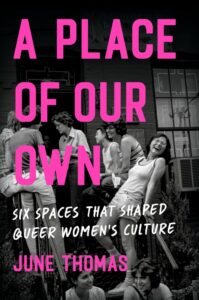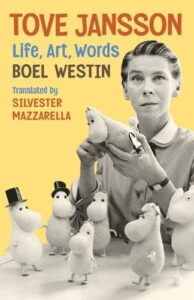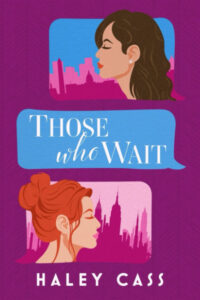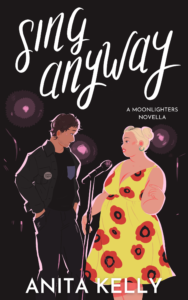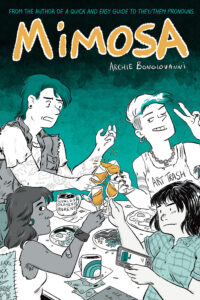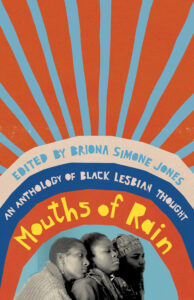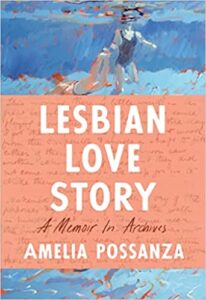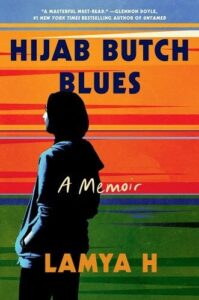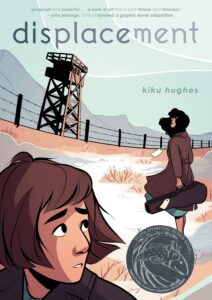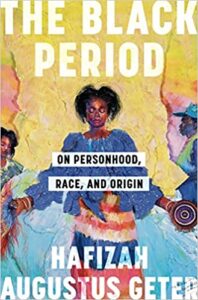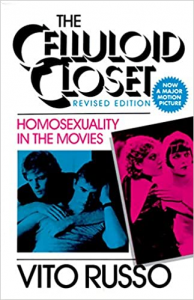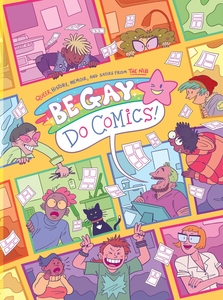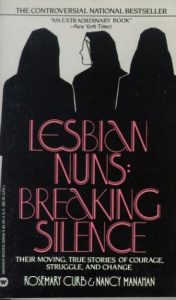Buy this from Bookshop.org to support local bookstores and the Lesbrary!
This year, I’m doing the 2024 Read Harder Challenge—well, I should hope I am, because I’m the one running the challenge and writing the newsletter this time! (You can subscribe if you want recommendations plus weekly updates on my reading, though some of it is for paid subscribers.) One of the tasks is to ask a librarian for a recommendation, so I asked a librarian friend of mine, and they recommended this one. A Place of Our Own: Six Spaces That Shaped Queer Women’s Culture is just what it sounds like: an exploration of queer women’s spaces, including lesbian bars, feminist bookstores, softball fields, lesbian separatist communities, sex toy stores, and queer women events.
I really liked the idea of this book, and it’s written in an accessible, easy-to-read style, so don’t be worried if you don’t read a ton of nonfiction or history books. There are plenty of interesting facts packed in. For example, I was surprised to see acclaimed children’s book author Jacqueline Woodson pop as someone who fought against racism in lesbian event spaces. The feminist bookstores chapter especially made me nostalgic for a time I didn’t really live through: you really see how much the bookstore owners cared and how they truly created community centres, unlike so many stores that claim that today without doing a fraction of the work these bookstore owners were doing.
At the same time, I think this book had a lot more potential. It felt a bit scattered, jumping around in time within chapters. It also sometimes went on tangents—like talking about Harvey Milk starting a camera store—that don’t really fit into the theme and would have been better left to a footnote. Also, a few times the book skims over what seem like the most interesting stories, like offhandedly mentioning a lesbian bar being firebombed in one sentence but going into depth about the history of another bar instead.
The author is clearly passionate about this subject; they include a lot of personal interviews with the subjects. It sometimes feels like a friend getting so excited to tell you about their interest that they go in a bunch of different directions at once, for better or for worse. There are some really interesting aspects, like reflecting on how lesbian bars are expected to be all things for all queer women: inclusive, but an escape from men and the straight world. A place for dancing and cruising, but also a place where people can chat and find community without having to yell over the music. A high-end cocktail bar and a cheap place for beer. That’s something I also appreciated in Moby Dyke: An Obsessive Quest to Track Down the Last Remaining Lesbian Bars in America by Krista Burton.
I’m glad I read this, but it’s not one I can whole-heartedly recommend because of that scattered feeling. It can also at times feel overly apologetic of the transphobia and racism of these spaces in different decades—but then later calls it out explicitly. In some ways, I think it’s an impossible task to try to cover all of these different histories in one book. I think I prefer reading about just one of these categories in greater depth. Still, if this looks interesting to you, it’s worth picking up. Just be prepared to fall down a few rabbit holes along the way.

